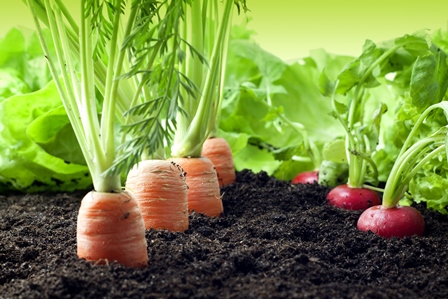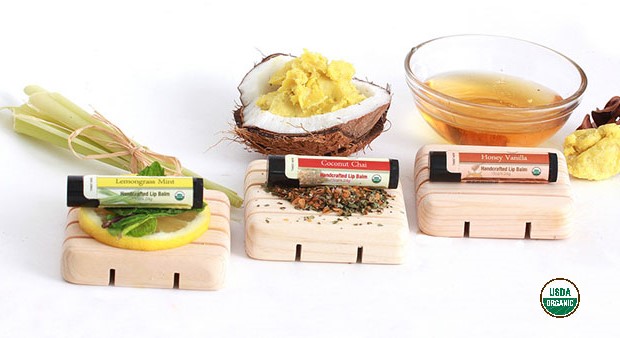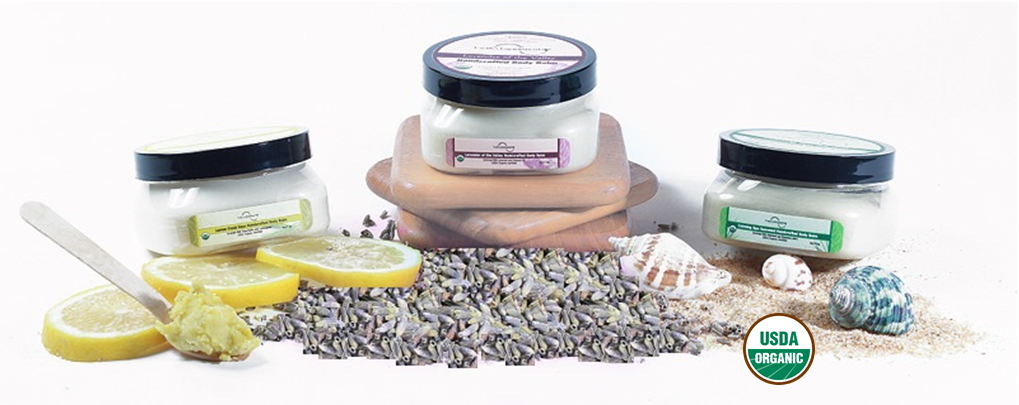
 The idea of all-natural and organic is starting to set in and become an emerging norm. Some families, plant their own vegetables to place on the table at dinner. In addition to growing vegetables, they have the option to grow herbs and spices. In starting a personal garden, you could have an endless supply of what you need to cook and what you use to season your food. Not to mention, it saves money!
The idea of all-natural and organic is starting to set in and become an emerging norm. Some families, plant their own vegetables to place on the table at dinner. In addition to growing vegetables, they have the option to grow herbs and spices. In starting a personal garden, you could have an endless supply of what you need to cook and what you use to season your food. Not to mention, it saves money!
Now, before we go any further, it is important to realize that planting your own personal garden is a lot different from foraging. Foraging is for the experts! If you are used to going to the grocery store and buying your produce, then foraging is not for you. Foraging is the ability to identify different plants as edible/non-poisonous, collect them, and prepare them in a way that is safe for the body to process.
Unless you are well trained and have an extensive amount of experience, it is not a good idea to pick plants that you personally did not grow. You could end up with a serious case of poisoning. All of the vegetables that were deemed beneficial and good for a human being to eat have a doppelganger. Doppelganger, in the sense that there are very dangerous plants that look almost the same as the safe ones. There are slight differences in the plants that trained foragers or botanists are able to see. This protects them from making the wrong choice and they also know how to prepare certain edibles properly.
However, if you lack the foraging skills, planting a personal garden can help you have those fresh organic vegetables without possible detrimental outcomes. It could also help you save money on groceries and spices/herbs. Now, if you don’t have a green thumb, don’t worry. There are starter packets that can provide you with all the info and “how to do’s” of organic gardening.
Starting a vegetable garden maybe a fun hobby for the summer. It will take some care and patience but it has superb benefits that are financial, recreational, and healthy. This way you know you are making a healthy decision for your family.
The EE 411:
Gardening Tips & Benefits
When first beginning to garden, it is important to keep a few things in mind:
• Find or designate a place with less to no contaminates like run-off pollution, animal excretions, or pests.
• Study and research the kind of vegetable plants you want to have in your garden and determine their proper environment.
• Find a good starter kit that suits your needs like an herb or vegetable starter.
• Look for fertilizers, plant food, and potting soils that have the right nutrients and lack harsh chemicals.
• Patience and water are key.
Having a garden to plant your own produce has benefits. For Example:
• Store-bought organic vegetables can be very hard on the wallet/pocketbook; gardens can reduce the cost of having this healthier option.
• Extra handling that comes from the transportation of the produce to its destination like to the market, or the warehouse is eliminated.
• Gardening gives you something to do with your family a memorable hobby you can all share and enjoy the end product together at the dining table.
Here are some awesome websites to help you get started:
• Organic Gardening – Beginner’s Guide to Organic Gardening
• Good House Keeping – Organic Gardening Tips
(This post was brought to you by Earth’s Enrichments. Similar posts can be found by visiting our Blog. More information about our company and products (USDA Certified Organic Soaps, Organic Bath Salts, Organic Sugar Scrubs, Organic Body Balms and Organic Lip Balms) can be found on our Website. Thank you Earth’s Enricher!)






